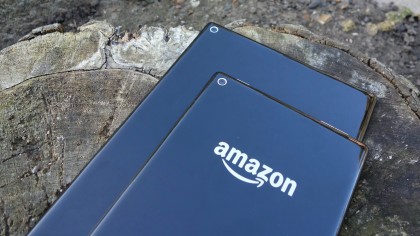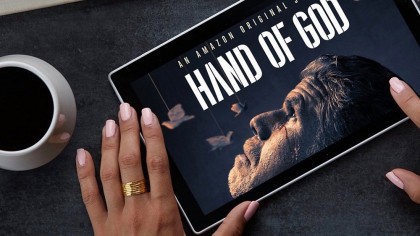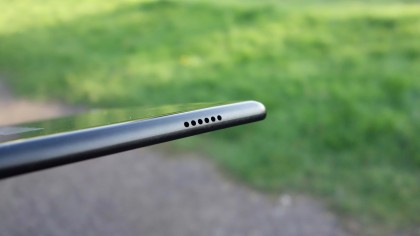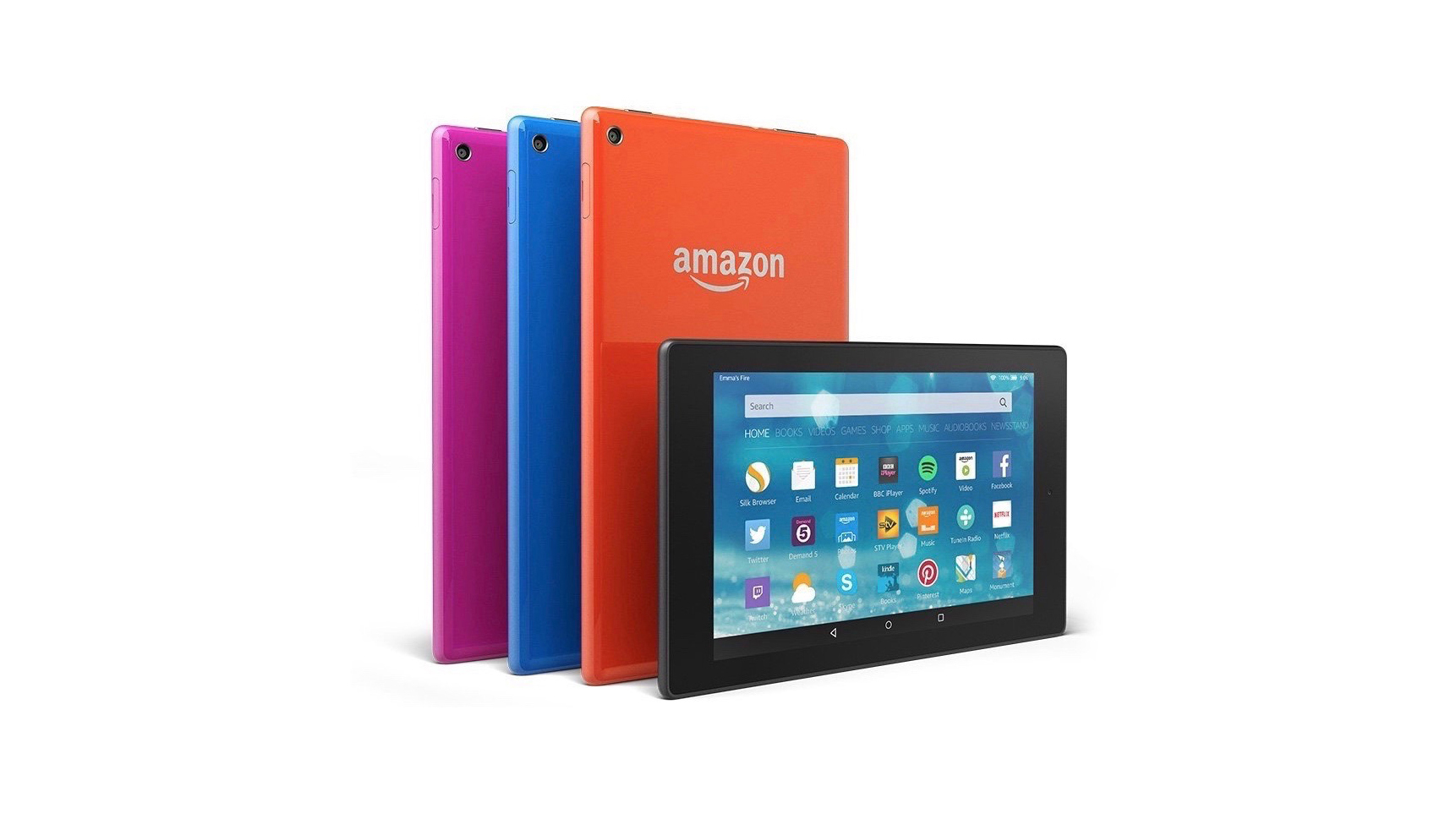Why you can trust TechRadar
Perhaps the worst decision Amazon has made with the HD 8, and certainly with the HD 10, relates to their screens. On one level they're perfectly adequate, laminated displays with IPS technology. This means that the picture appears to sit right near the surface of the device, and that viewing angles are fairly wide.
Both tablets also feature an unusual 16:10 aspect ratio, which means they're perfectly shaped for watching movies. Of course, it makes them seem a little stretched in portrait view, but as I've mentioned that's not the perspective Amazon is angling for here.
However, the problem is that the 1280 x 800 resolution of these screens is entirely inadequate for a modern tablet – and it takes its toll on the 10.1-inch HD 10 in particular, where those few pixels are spread over a much bigger canvass.

Photos, videos, web pages, games – everything visibly suffers from the lack of sharpness on offer here.
Things are a fair bit better with the 8-inch HD 8, as it offers a much smaller and thus more pixel-dense picture (189ppi versus 149ppi). But the resolution is still insufficient, especially when you consider that even mid-range 5-inch smartphones tend to come with sharper 1080p displays these days.
In terms of affordable tablets, the now-defunct Nexus 7 sported a 1920 x 1200 resolution for its even smaller 7-inch display. Samsung still produces cheap tablets with such similarly low resolution to the HD 8 and HD 10 (think the Tab 4 range), but they haven't been particularly well received either.
Arguably the key feature of any Amazon tablet is its price. It could be argued that they're not really rivals to the iPad as such – rather, they're acceptable alternatives for those who find Apple's pricing prohibitive.
But are these latest efforts really that cheap? As mentioned in the intro, the Amazon Fire HD 10 goes for £169.99 / $229.99, while the Amazon Fire HD 8 sells for £129.99 / $149.99.

By contrast, the cheapest iPad Apple sells is the 8-inch, £219 / $269 iPad mini 2. Compare it to the 8-inch Amazon HD, and taken one way you're paying 70% more for two-year-old technology.
Of course, the iPad Mini 2 remains superior to both the Amazon Fire HD 8 and the HD 10 in almost every way, but that quality comes at a premium that some will be unwilling to pay.
A more damaging value-based comparison to the Amazon Fire HD 10 and HD 8 is the Tesco Hudl 2. That 8.3-inch tablet sells for £99, yet it has none of the Amazon tablets' major weaknesses with regard to display fidelity and OS constraints.
Another defining feature of these two tablets is the simple fact that they're Amazon tablets. This means they're very good for accessing Amazon content – and that's never been a more enticing feature than it is right now.

I'll discuss exactly what's available content-wise a little later, but an Amazon Prime membership now offers up a broad range of media, all readily available to stream and download to your device.
Of course, Amazon has made this media available on Android and iOS devices too, but nowhere is it better integrated than on its own tablets. Viewed as affordable ways to dip into this rich reservoir of media content, the HD 10 and HD 8 appear rather more impressive.
Speakers

Both the HD 10 and the HD 8 also have great speakers. They're not ideally placed on the bottom of the devices – my preference is for front-mounted speakers, where they can't be covered – but even when the tablets are propped on your lap they're very loud and clear.
They also achieve decent stereo separation, owing to their positioning towards either corner of the devices. Movies and TV content might not look great on those low-res screens, then, but they'll sound decent, even if you don't have a set of headphones to hand.
Current page: Screen and speakers
Prev Page Introduction and features Next Page Interface and performance